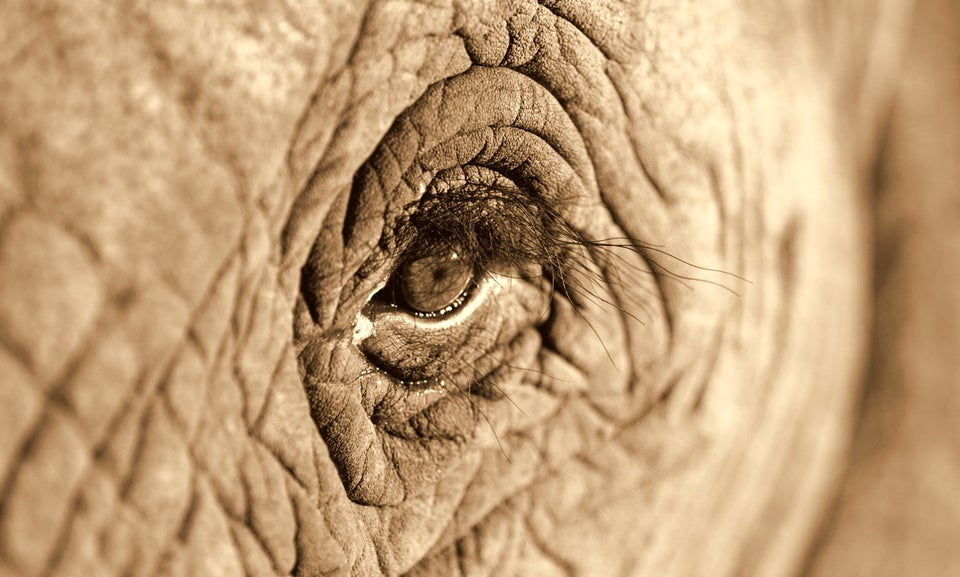After five years off the airwaves, National Geographic Channel's acclaimed documentary series "Explorer" is coming back. In partnership with National Geographic magazine, the monthly series will first turn its lens toward an ongoing crisis in the animal kingdom: poaching.
About 30,000 elephants are slaughtered every year, and if current trends continue, the entire species could be gone by 2020. In the first installment of "Explorer," Nat Geo fellow Bryan Christy goes to great lengths to track how illicit ivory is moved from within Africa to black markets around the world.
Under the watchful eye of one of the world's most skilled taxidermists, Christy helps manufacture an artificial tusk with a GPS tracking chip embedded in the fake ivory.
"[I wanted to] use his tusks to hunt the people who kill elephants and to learn what roads their ivory plunder follows, which ports it leaves, what ships it travels on, what cities and countries it transits, and where it ends up," Christy writes in an accompanying feature in the magazine.
His tusks land in the hands of some of the world's most notorious armed militias and terrorist groups, and even now, are still making their way through smuggling networks.
"So far they’ve traveled 600 miles from jungle to desert in just under two months," he writes.
Future episodes will explore a wide variety of topics, from the scourge of climate change to the archaeological hunt for a lost city in Central America.
Take a look at a trailer featuring Christy and the warlords of ivory above.
Bryan Christy's investigation is the cover story of the September issue of National Geographic magazine, out Aug. 25, and is the subject of “Explorer: Warlords of Ivory,” a film premiering Aug. 30 at 8/7c on the National Geographic Channel.

